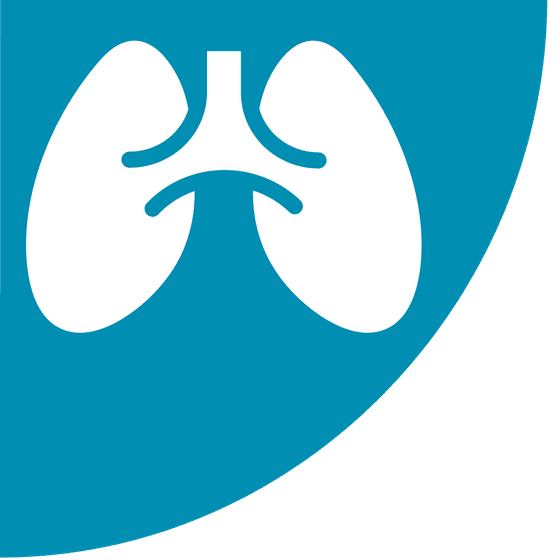NEWSWATCH
REGULATION AND LEGISLATION

OSHA Plans to Modify Beryllium Standards for Construction, Shipyards in 2018
OSHA’s fall 2017 regulatory agenda, which was published in December, projects that the agency will finalize a rule modifying standards for occupational exposure to beryllium and beryllium compounds in construction and shipyards by September 2018. The affected standards were published as part of a beryllium rule on Jan. 9, 2017.
OSHA is proposing to revoke ancillary provisions such as housekeeping and personal protective equipment for the construction and shipyard industries. An OSHA
news release
from June 2017 describes the ancillary provisions as “limited to a few operations” within the construction and shipyard industries and potentially “redundant with overlapping protections in other standards.”
OSHA does not intend to change the permissible exposure limit for beryllium of 0.2 µg/m3 averaged over eight hours. The proposal would also maintain the new short-term exposure limit for beryllium of 2 µg/m3 over a 15-minute sampling period.While this new rulemaking is underway, OSHA will not enforce the shipyard and construction standards for occupational exposure to beryllium published on Jan. 9, 2017.
While this new rulemaking is underway, OSHA will not enforce the shipyard and construction standards published on Jan. 9, 2017. The general industry standard for beryllium is not affected by the new proposal. Further information, including a timetable for anticipated rulemaking actions, is available via the
regulatory agenda
.
The new regulatory agenda also indicates that MSHA will be conducting a “retrospective study
” of its 2014 respirable coal mine dust rule, which lowered the exposure limit in the overall dust standard from 2.0 to 1.5 mg/m3 of air at underground and surface coal mines. The rule also lowered the limit of 1.0 to 0.5 mg/m3 for intake air at underground mines and for miners who show evidence of developing pneumoconiosis. In addition, mine operators are required to use the continuous personal dust monitor to monitor the exposures of underground coal miners in occupations exposed to the highest respirable coal mine dust concentrations. According to the regulatory agenda, the retrospective study is intended to evaluate “whether the final dust rule is achieving respirable dust levels to protect miners’ health.”
The agency’s new agenda does not include standards for bloodborne pathogens and combustible dust, both of which appeared on OSHA’s spring 2016 regulatory agenda
. OSHA previously indicated that it would issue a request for information to explore the need for a PEL or comprehensive rule for the solvent 1-bromopropane; this RFI is not listed on the current regulatory agenda. According to OSHA, 1-BP is “an organic solvent used within adhesive formulations, metal surface cleaning operations, and as a solvent in the dry cleaning industry.” The agency previously released a hazard alert with NIOSH warning workers and employers of the dangers of occupational exposure to 1-BP, and in 2014 the National Toxicology Program classified 1-BP as “reasonably anticipated to be a human carcinogen.” Federal OSHA does not currently have a PEL for 1-BP.
For more information about upcoming rulemaking activity, view the fall 2017 agency rule list
. The list includes all of OSHA's rulemaking priorities, as well as the status of rules from other agencies under the Department of Labor.

